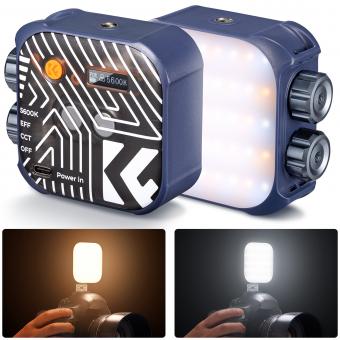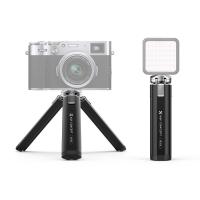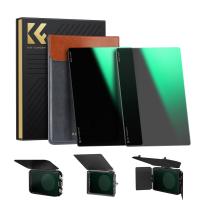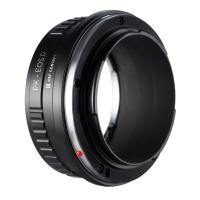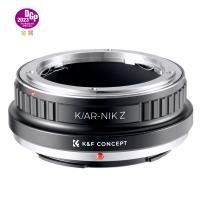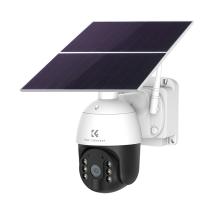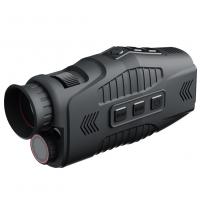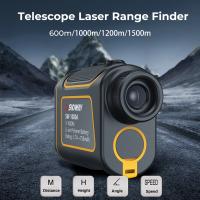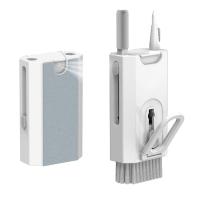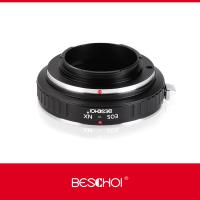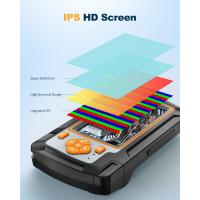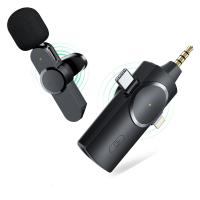Which Is Better 8x21 Or 10x25 Binoculars ?
The choice between 8x21 and 10x25 binoculars depends on your specific needs and preferences. The first number (8x or 10x) refers to the magnification power, indicating how much closer the object will appear compared to the naked eye. The second number (21 or 25) represents the diameter of the objective lens in millimeters, which determines the amount of light that can enter the binoculars.
8x21 binoculars offer a lower magnification but have a smaller objective lens, making them more compact and lightweight. They are suitable for general use, such as birdwatching or sporting events, where portability is important.
On the other hand, 10x25 binoculars provide a higher magnification and a slightly larger objective lens, allowing for more detailed observations. They are ideal for activities like wildlife viewing or stargazing, where a closer look is desired.
Ultimately, the better choice depends on your intended use, whether you prioritize portability or higher magnification.
1、 Magnification power: 8x vs 10x
When comparing binoculars, one of the key factors to consider is the magnification power. In this case, we are comparing 8x21 binoculars with 10x25 binoculars. The first number, 8x and 10x, represents the magnification power, while the second number, 21 and 25, refers to the objective lens diameter in millimeters.
The 8x21 binoculars offer a magnification power of 8 times, meaning that the object being observed will appear 8 times closer than it would to the naked eye. On the other hand, the 10x25 binoculars provide a magnification power of 10 times, offering a slightly closer view compared to the 8x21 binoculars.
However, it's important to note that higher magnification does not always equate to better performance. While the 10x25 binoculars may provide a slightly closer view, they also tend to have a narrower field of view and may be more difficult to stabilize due to the higher magnification. This can result in a shakier image, especially when hand-held.
On the other hand, the 8x21 binoculars offer a wider field of view, making it easier to locate and track objects. They are also generally more compact and lightweight, making them ideal for activities such as hiking or birdwatching.
Ultimately, the choice between 8x21 and 10x25 binoculars depends on the intended use and personal preference. If you prioritize a closer view and don't mind sacrificing some stability and field of view, the 10x25 binoculars may be the better option. However, if you value a wider field of view and portability, the 8x21 binoculars would be a more suitable choice.
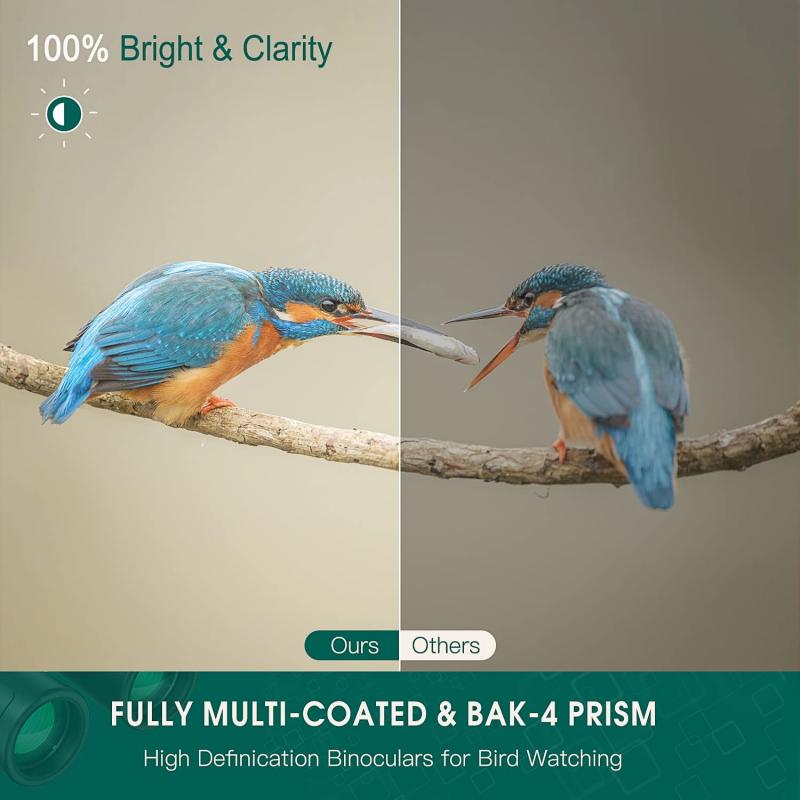
2、 Objective lens diameter: 21mm vs 25mm
When comparing binoculars, one of the key factors to consider is the objective lens diameter. In this case, we are comparing 8x21 binoculars with 10x25 binoculars. The first number, 8x or 10x, refers to the magnification power, while the second number, 21 or 25, represents the objective lens diameter in millimeters.
In terms of objective lens diameter, the 10x25 binoculars have a larger lens size compared to the 8x21 binoculars. This means that the 10x25 binoculars will allow more light to enter the binoculars, resulting in brighter and clearer images. This can be particularly advantageous in low-light conditions or when observing distant objects.
However, it's important to note that a larger objective lens diameter also means a larger and heavier pair of binoculars. The 8x21 binoculars, with their smaller objective lens, are generally more compact and lightweight, making them easier to carry around and handle.
Ultimately, the choice between 8x21 and 10x25 binoculars depends on your specific needs and preferences. If portability and ease of use are important factors for you, the 8x21 binoculars may be the better option. On the other hand, if you prioritize image brightness and clarity, especially in low-light conditions, the 10x25 binoculars would be a better choice.
It's worth mentioning that advancements in lens and coating technologies have improved the performance of smaller objective lenses, allowing them to deliver impressive image quality. Therefore, it's always a good idea to try out different binoculars and compare their performance before making a decision.

3、 Field of view: 8x21 vs 10x25 binoculars
When comparing the field of view between 8x21 and 10x25 binoculars, it is important to consider the specific needs and preferences of the user. Both options have their own advantages and limitations.
The first number in the specifications, such as 8x or 10x, refers to the magnification power. In this case, the 10x magnification of the 10x25 binoculars is higher than the 8x magnification of the 8x21 binoculars. This means that the 10x25 binoculars will provide a closer view of the subject, making them ideal for activities such as birdwatching or observing distant objects.
However, the second number in the specifications, such as 21 or 25, refers to the objective lens diameter in millimeters. The larger the objective lens diameter, the more light can enter the binoculars, resulting in a brighter image. Therefore, the 10x25 binoculars may provide a slightly brighter image compared to the 8x21 binoculars.
When it comes to the field of view, the 8x21 binoculars generally offer a wider field of view compared to the 10x25 binoculars. A wider field of view allows for a larger area to be seen at once, making it easier to track moving objects or observe a broader scene. This can be particularly beneficial for activities such as wildlife observation or sports events.
In terms of the latest point of view, technological advancements have led to the development of binoculars with wider fields of view, even in higher magnification models. Therefore, it is possible to find 10x binoculars with a wider field of view than some 8x binoculars. It is recommended to check the specific specifications and reviews of different models to determine the field of view offered by each.
Ultimately, the choice between 8x21 and 10x25 binoculars depends on the specific requirements and preferences of the user. If a wider field of view is a priority, the 8x21 binoculars may be the better option. However, if higher magnification and slightly brighter images are more important, the 10x25 binoculars may be the preferred choice.
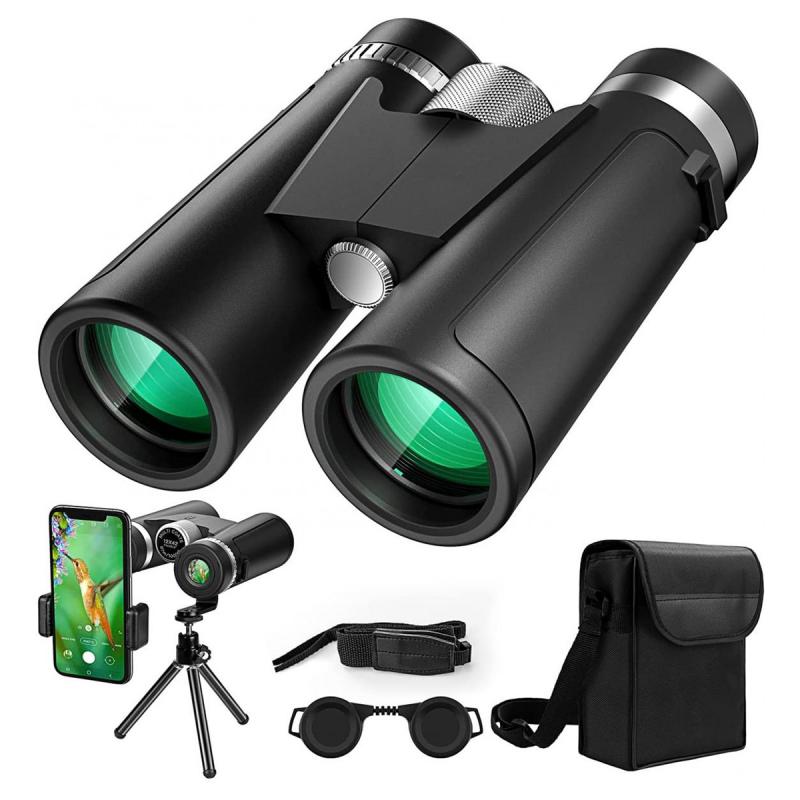
4、 Image brightness: 8x21 vs 10x25 binoculars
When comparing the image brightness of 8x21 and 10x25 binoculars, it is important to consider the specifications and the latest advancements in technology.
The first number in the specifications, such as 8x or 10x, refers to the magnification power. In this case, the 10x25 binoculars have a higher magnification power, meaning they can bring objects closer and provide a more detailed view. However, this higher magnification also results in a narrower field of view, making it harder to locate and track moving objects.
The second number, such as 21 or 25, represents the objective lens diameter in millimeters. A larger objective lens allows more light to enter the binoculars, resulting in a brighter image. Therefore, the 10x25 binoculars have a slight advantage in terms of image brightness.
However, it is important to note that the latest advancements in lens coatings and optical technology can greatly impact image brightness. High-quality coatings, such as multi-coated or fully multi-coated lenses, can enhance light transmission and improve image brightness even with smaller objective lenses.
Additionally, factors such as the quality of the glass and the design of the binoculars can also affect image brightness. Higher-end binoculars often use premium glass materials and advanced optical designs to maximize image brightness and clarity.
In conclusion, while the 10x25 binoculars may have a slight advantage in image brightness due to their larger objective lens diameter, the latest advancements in lens coatings and optical technology can bridge the gap between the two. It is recommended to consider other factors such as magnification power, field of view, and overall optical quality when making a decision between 8x21 and 10x25 binoculars.










